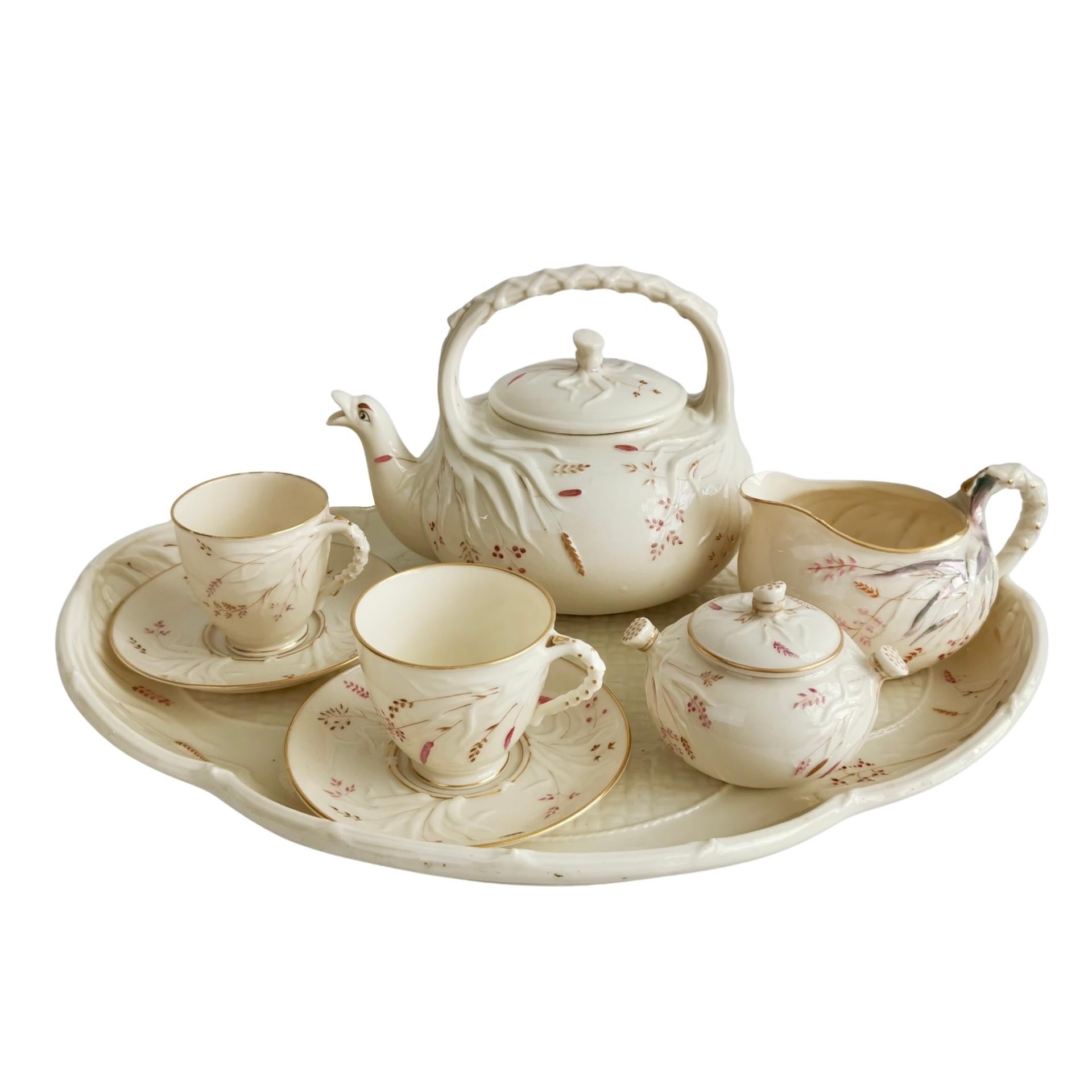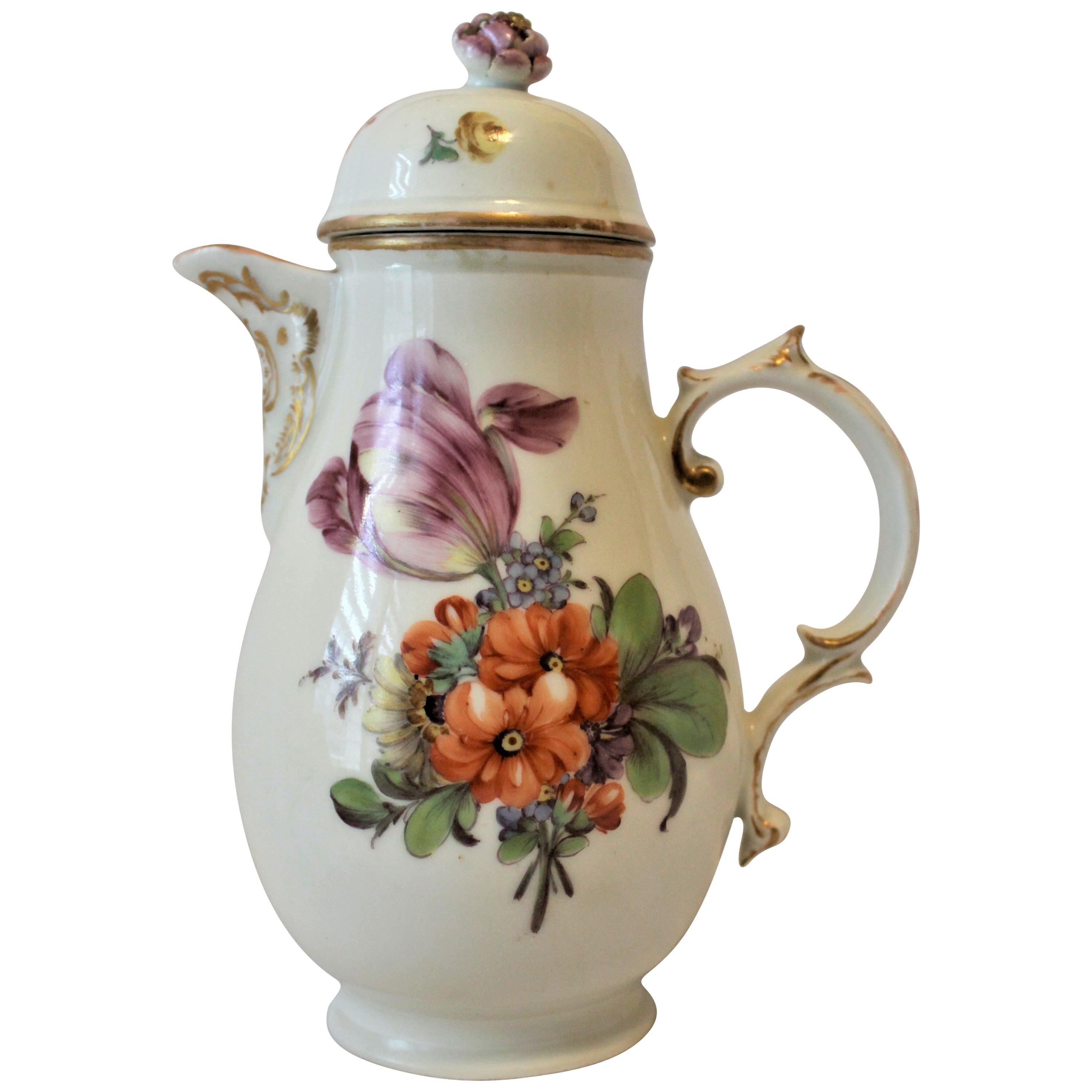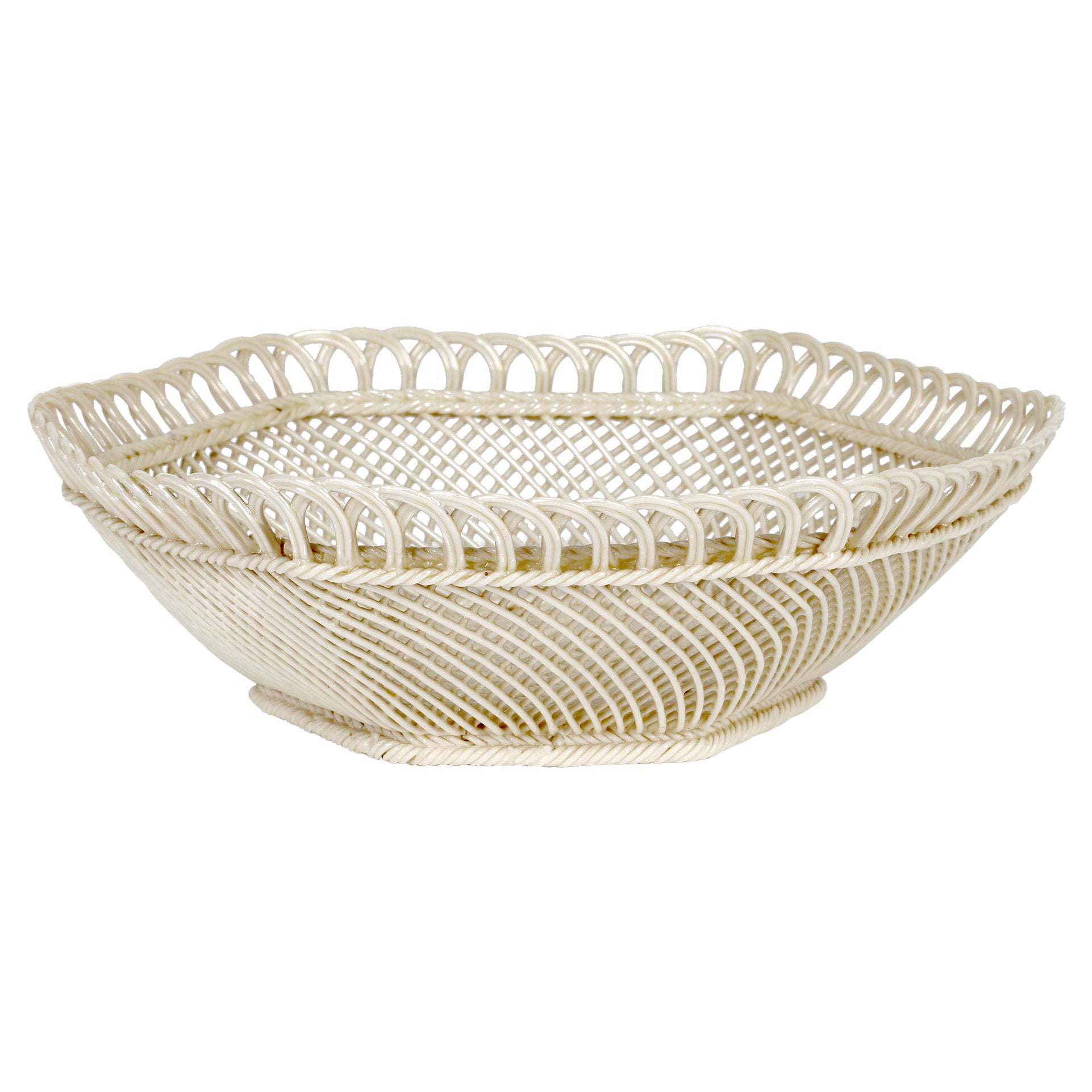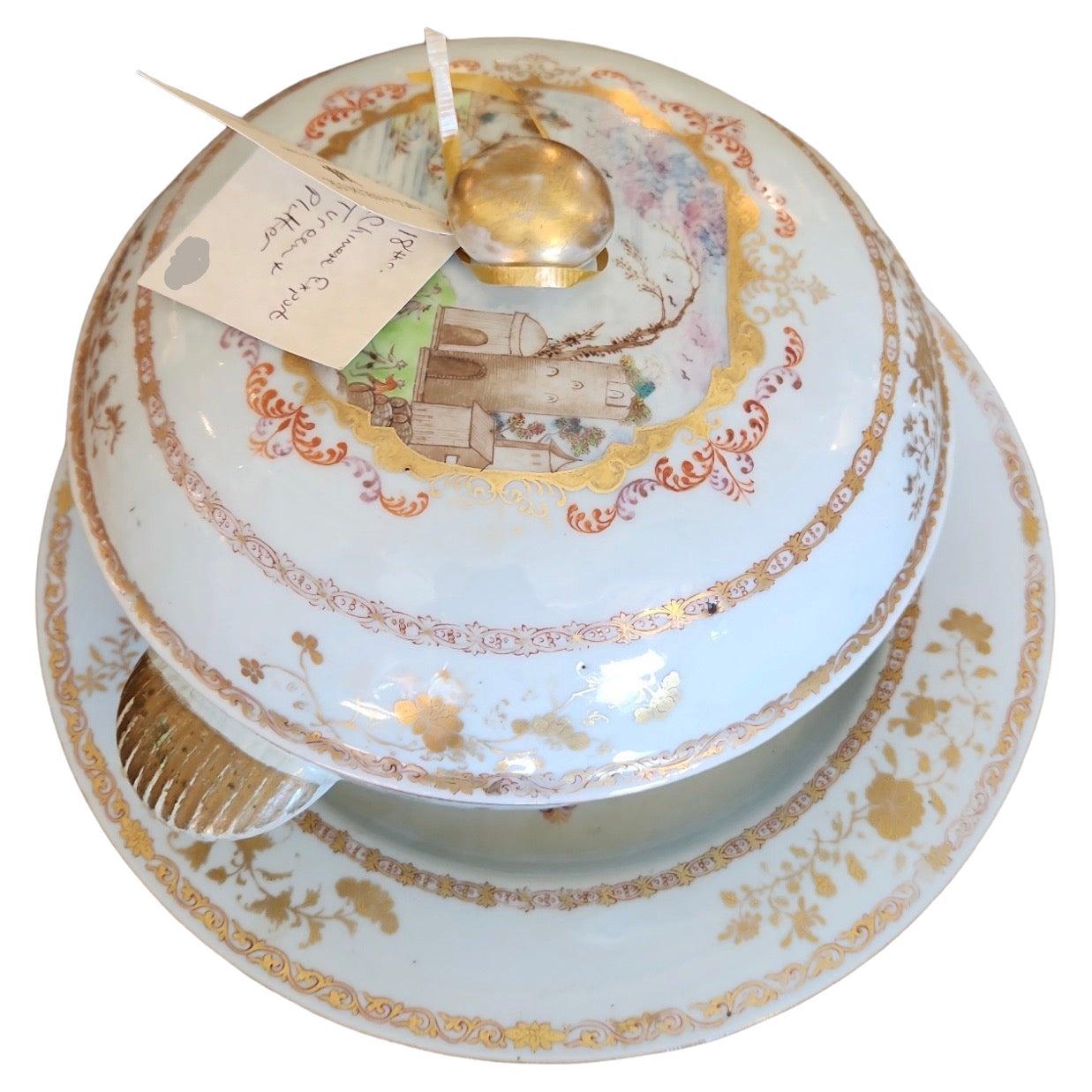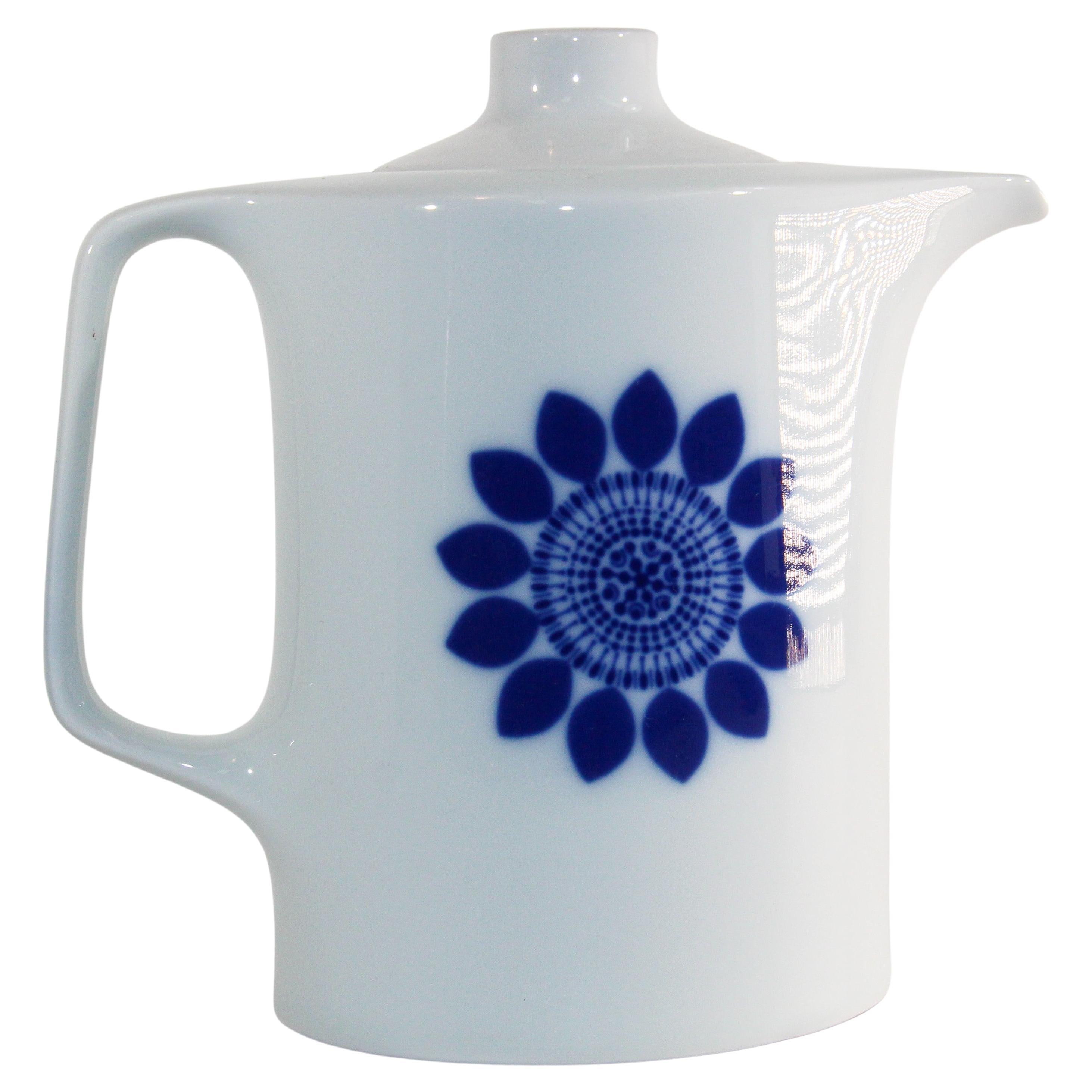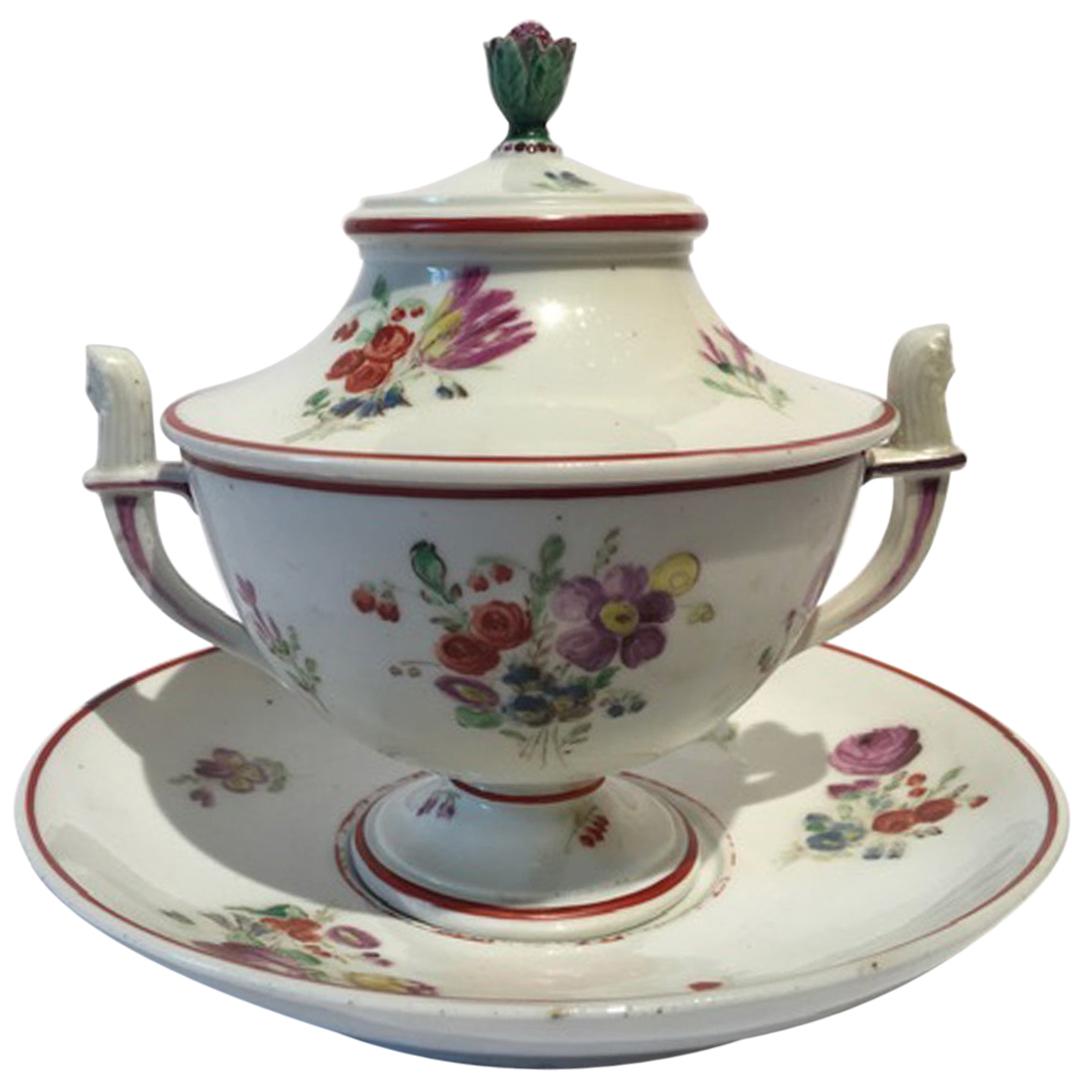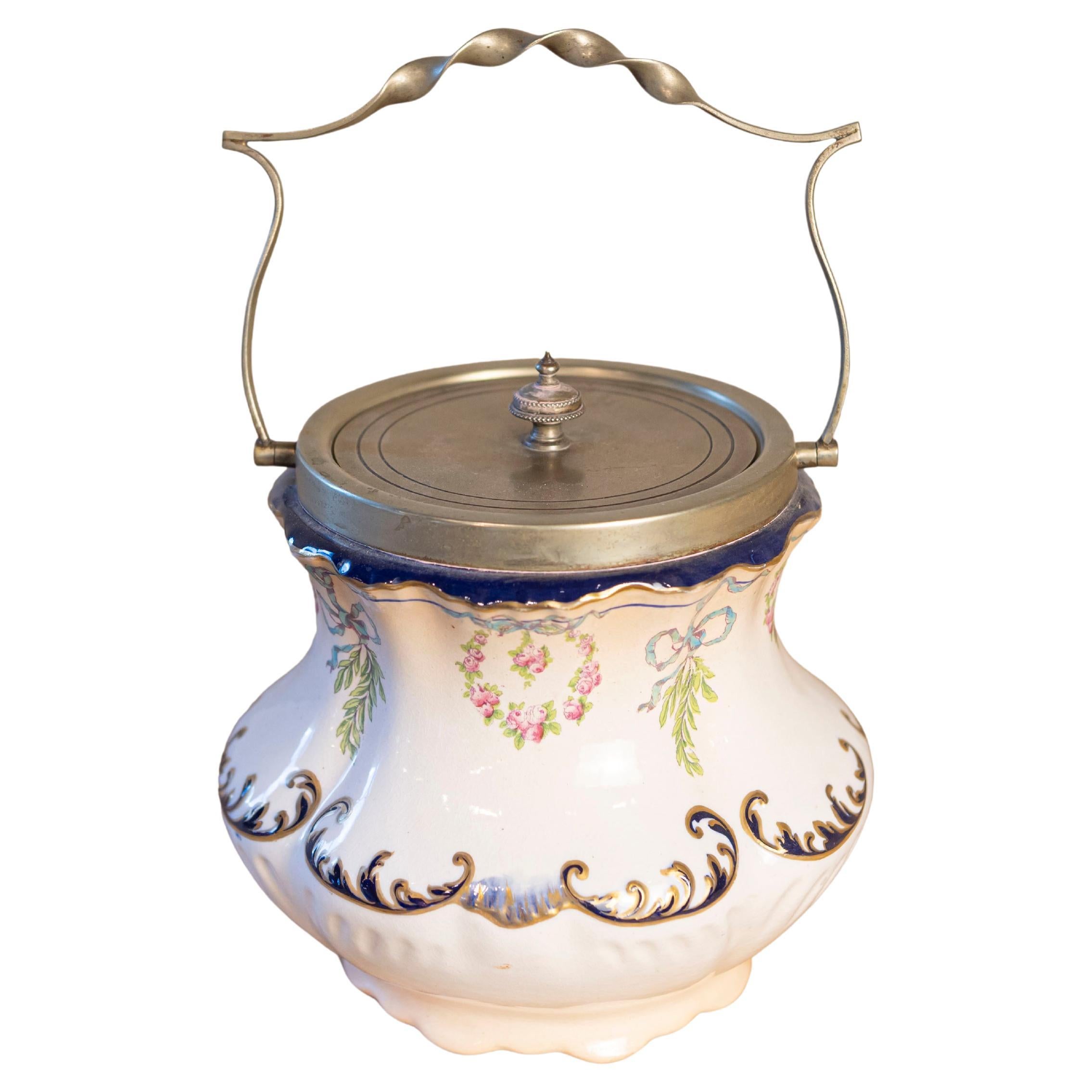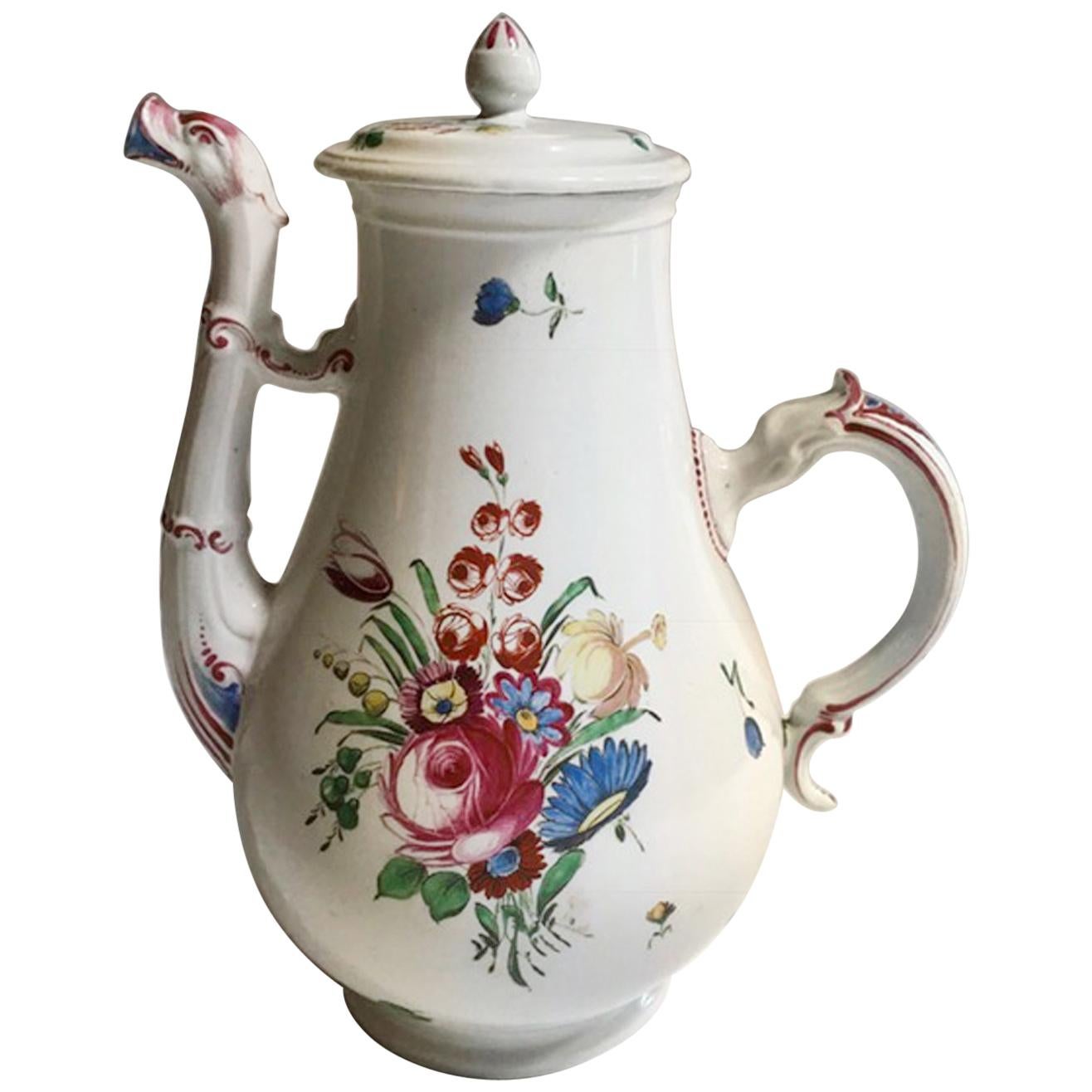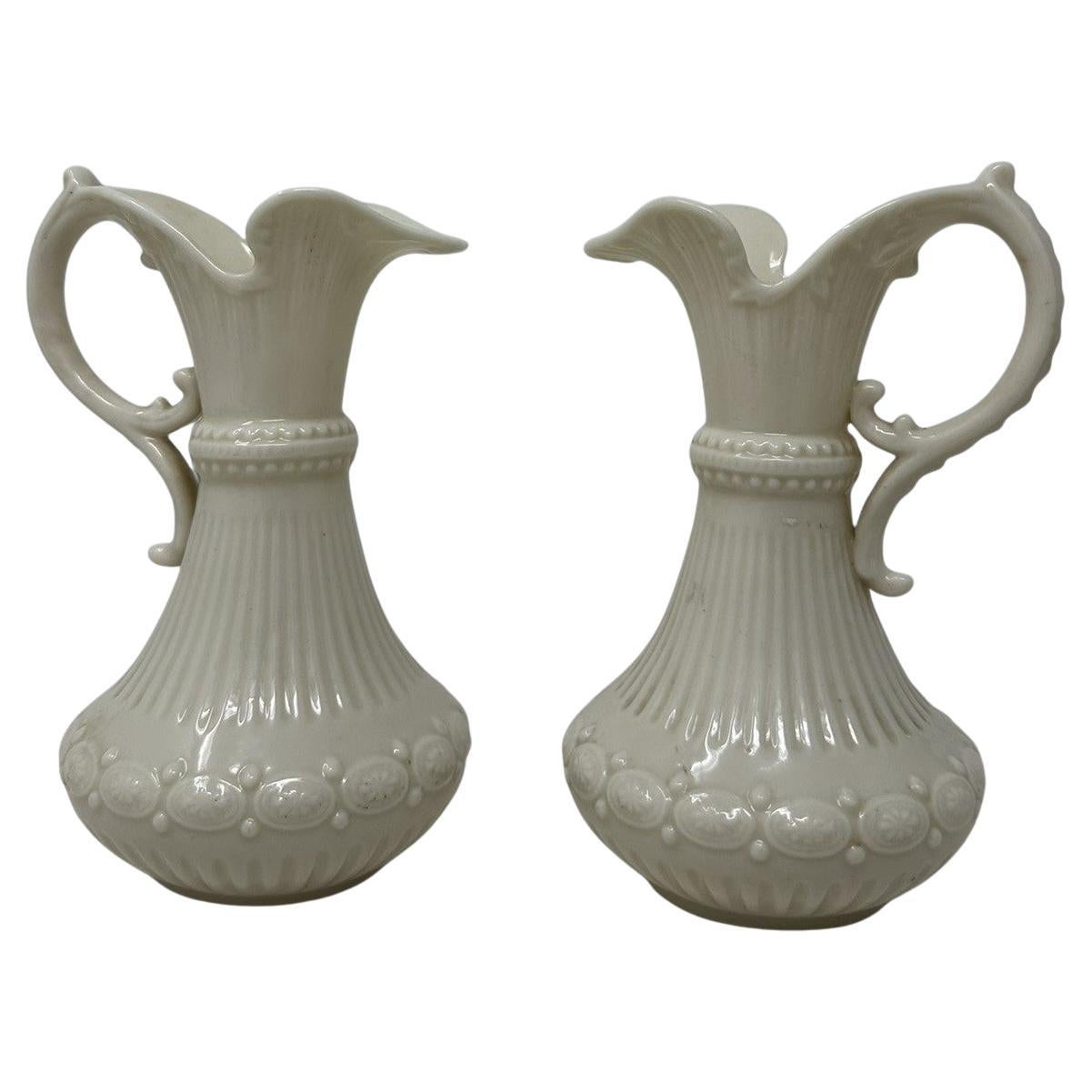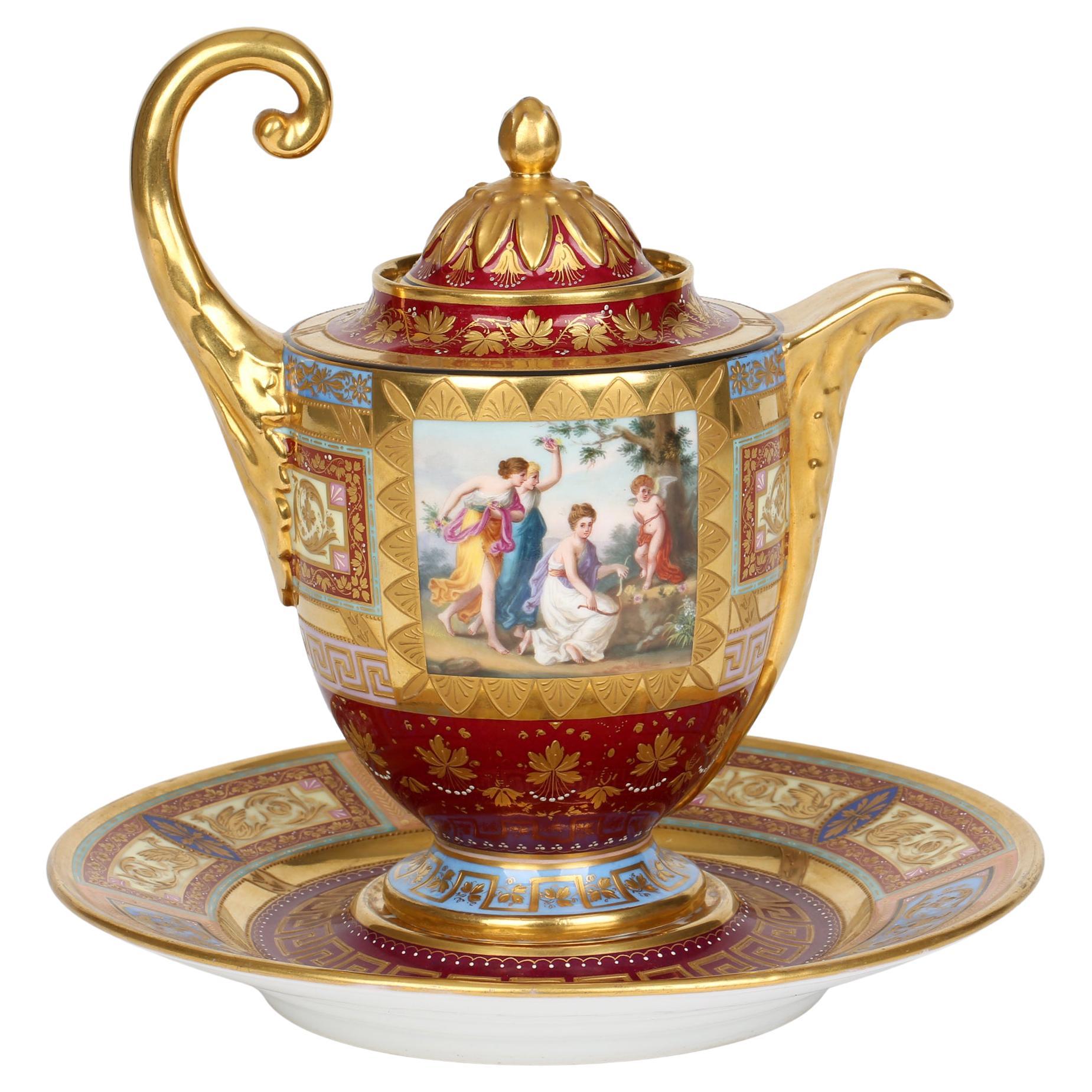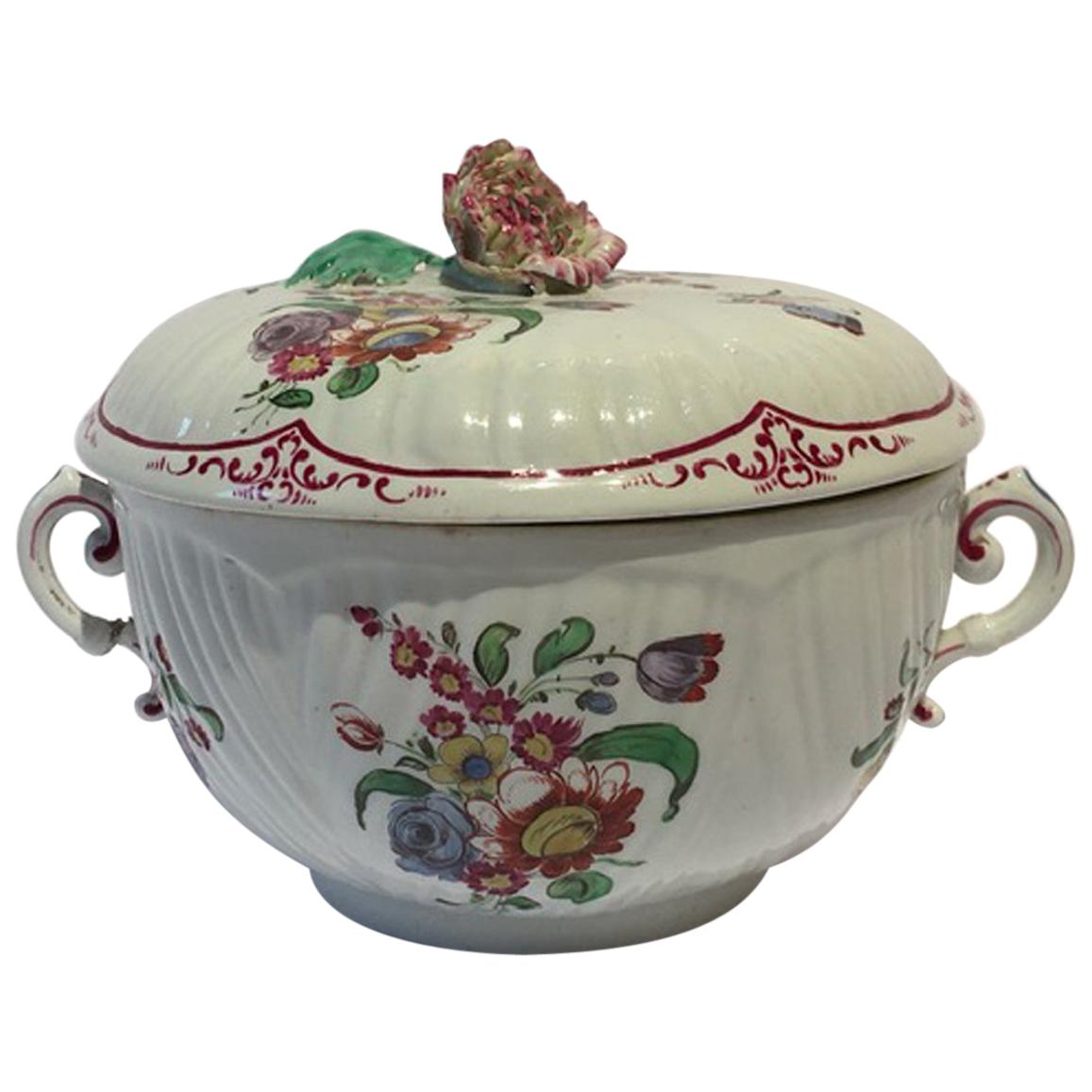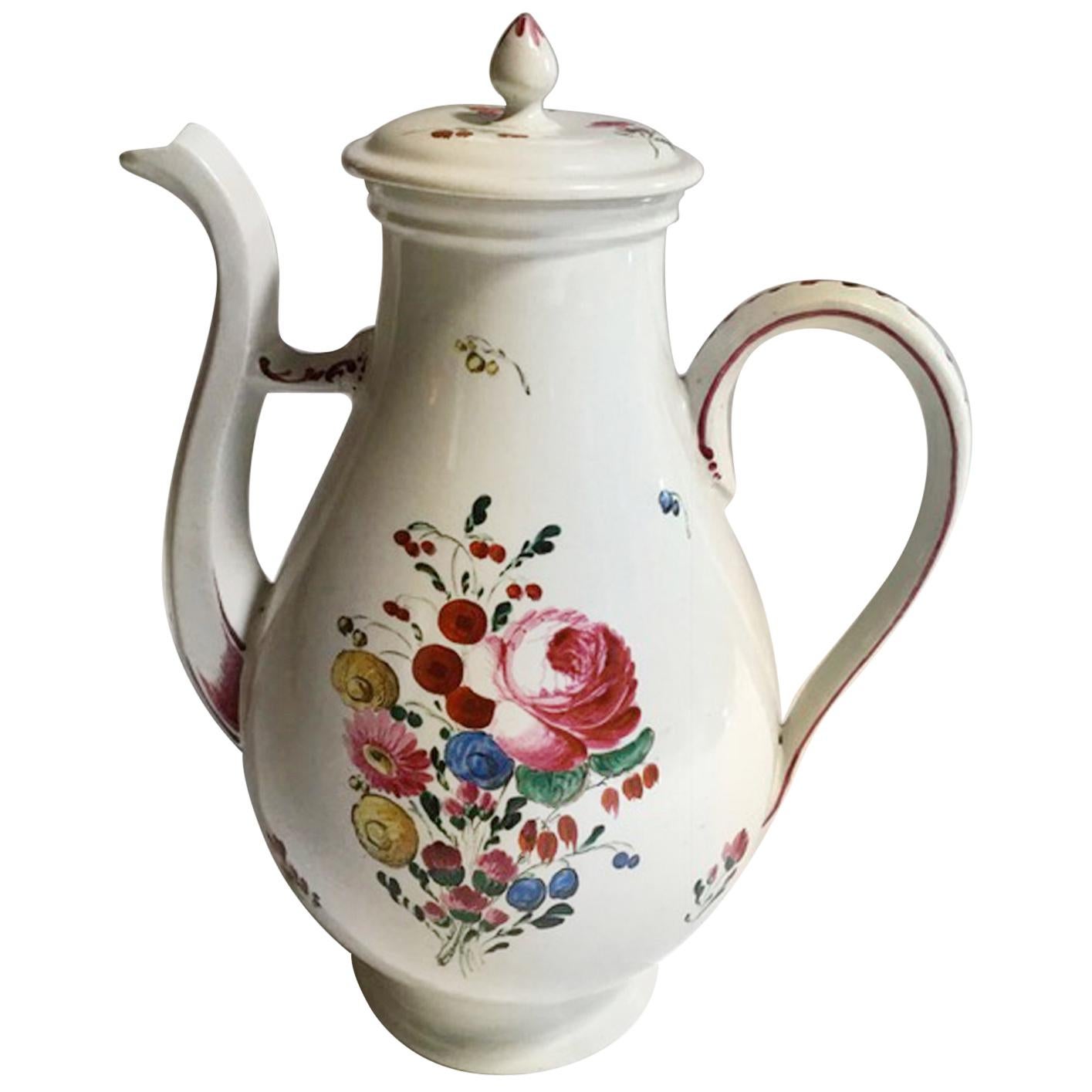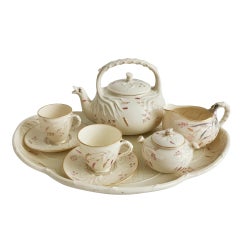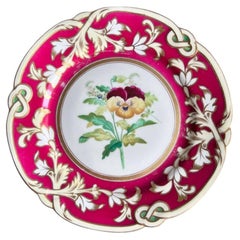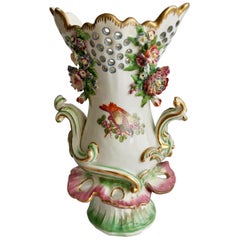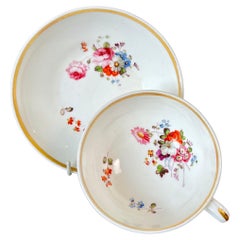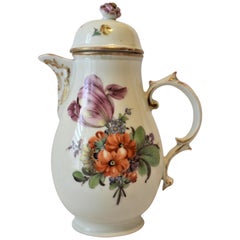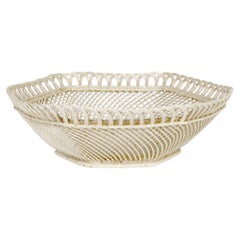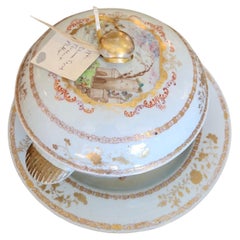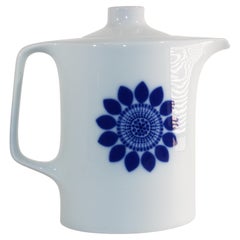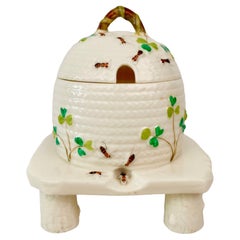
Belleek Porcelain Honey Pot with Cover, Shamrocks, Bees, 1891-1926
View Similar Items
Want more images or videos?
Request additional images or videos from the seller
1 of 13
Belleek Porcelain Honey Pot with Cover, Shamrocks, Bees, 1891-1926
Price:$475
$640List Price
About the Item
- Creator:Belleek Pottery Ltd. (Maker)
- Dimensions:Height: 6 in (15.24 cm)Diameter: 5.5 in (13.97 cm)
- Sold As:Set of 2
- Style:Victorian (In the Style Of)
- Materials and Techniques:
- Place of Origin:
- Period:
- Date of Manufacture:1891-1926
- Condition:Wear consistent with age and use. In excellent antique condition.
- Seller Location:London, GB
- Reference Number:Seller: A-BEL341stDibs: LU4805126943702
About the Seller
5.0
Vetted Professional Seller
Every seller passes strict standards for authenticity and reliability
Established in 2016
1stDibs seller since 2019
226 sales on 1stDibs
Typical response time: 2 hours
Authenticity Guarantee
In the unlikely event there’s an issue with an item’s authenticity, contact us within 1 year for a full refund. DetailsMoney-Back Guarantee
If your item is not as described, is damaged in transit, or does not arrive, contact us within 7 days for a full refund. Details24-Hour Cancellation
You have a 24-hour grace period in which to reconsider your purchase, with no questions asked.Vetted Professional Sellers
Our world-class sellers must adhere to strict standards for service and quality, maintaining the integrity of our listings.Price-Match Guarantee
If you find that a seller listed the same item for a lower price elsewhere, we’ll match it.Trusted Global Delivery
Our best-in-class carrier network provides specialized shipping options worldwide, including custom delivery.More From This Seller
View AllBelleek Cabaret Tea Set for Two, Cream Grass Pattern, Victorian 1863-1891
By Belleek Pottery Ltd.
Located in London, GB
This is a beautiful and very rare Belleek cabaret set in the Grass design, consisting of a teapot, two teacups and saucers, a milk jug and a lidded sugar bowl, all placed on a large tray. All items carry the 1st Black Mark, which was used between 1863 and 1891.
It is extremely rare to come across an entire cabaret set of these antique items, particularly when in such fabulous condition, so this is a rare opportunity!
If you ever thought Belleek fine china looks, sounds and feels unique, you are right. There is a back story to this extraordinarily fine Irish eggshell porcelain, which has an unusually high amount of "frit" and therefore is thinner and finer than any other china.
Pottery in Belleek (in the now Northern-Irish area of Fermanagh) had started in 1849 with John Caldwell Bloomfield, who was a wealthy land owner. During the Irish famine...
Category
Antique Late 19th Century Northern Irish Victorian Tea Sets
Materials
Porcelain
Samuel Alcock Porcelain Plate, Maroon Staffordshire Border with Pansy, 1854
By Samuel Alcock & Co.
Located in London, GB
This is a striking plate with the popular "Staffordshire" moulding, a deep maroon rim with bold beige and white foliage, and a large hand painted yellow and purple pansy in the centr...
Category
Antique 1830s English Rococo Revival Porcelain
Materials
Porcelain
Chelsea Porcelain Frill Vase with Birds, Rococo ca 1760
By Chelsea Porcelain
Located in London, GB
This is a charming frill vase made by the Chelsea Porcelain factory in about 1760. The vase is in the Rococo style and it speaks for itself why this style of vase is called a "frill" vase.
This vase has undergone restorations (although it still holds water perfectly) and is therefore offered As Found (A/F) at a reduced price.
Chelsea was one of the very early adopters of porcelain in the British china industry. Founded in 1744 the Chelsea pottery was for about 40 years the leading maker of fine chinaware, excelling in their sense of style, perfection and constant innovation and inspiring many following generations of china makers. The company was started by French silversmith Nicholas Sprimont and you can see the influence of the French style of silverware...
Category
Antique 1760s English Rococo Porcelain
Materials
Porcelain
Samuel Alcock Porcelain Teacup, White with Flower Sprays, ca 1823
By Samuel Alcock & Co.
Located in London, GB
A teacup and saucer in the “half orange” shape, white with simple gilt rim and beautiful hand painted flower sprays
Pattern unknown but similar to 1082
Year: ca 1823
Size: cup diameter 10cm (4”), saucer diameter 14.2cm (5.5”)
Condition: excellent, some rubbing to gilt
There are several items available in this design, please see group image and ask for more info if interested.
The Samuel Alcock factory was operative in Staffordshire between 1822 and 1856, after which it was bought by Sir James Duke and Nephews. The factory started as a partnership between the young Samuel Alcock and the older Ralph Stevenson, who provided the factory and capital. Alcock quickly took the factory to great heights, building one of the biggest factories of its time. Alcock jumped on the new Rococo Revival fashion and served a huge new middle class market. The reason we now don't hear much about Samuel Alcock porcelain...
Category
Antique 1820s English Regency Tea Sets
Materials
Porcelain
Samuel Alcock Porcelain Basket, Alma Border, Pink, Black, with Bird, ca 1855
By Samuel Alcock & Co.
Located in London, GB
A large basket with a Persian-inspired moulded Alma border in black on a bright pink ground, a moulded swan-head handle in white, gilt and pale green, pierced ends and a beautiful pa...
Category
Antique 1850s English Regency Decorative Baskets
Materials
Porcelain
Samuel Alcock Footed Porcelain Sauce Tureen, Maroon with Flower Sprays, ca 1842
By Samuel Alcock & Co.
Located in London, GB
A footed two-handled sauce tureen with cover, maroon and pale yellow ground with beautiful hand painted flower sprays on lower part of body; twisted handles and a petticoat stem
Pat...
Category
Antique 1840s English Rococo Revival Serving Bowls
Materials
Porcelain
$750 / set
Free Shipping
You May Also Like
Antique German Furstenberg Porcelain Coffee Pot
By Furstenberg Porcelain
Located in Hamilton, Ontario
This antique German porcelain coffee pot was made by the Furstenberg Works factory in circa 1760 in the period Rococo style. This coffee pot is d...
Category
Antique Mid-18th Century German Rococo Porcelain
Materials
Porcelain
Belleek Irish Antique Porcelain Hexagonal Shaped Lustre Glazed Basket
By Belleek Pottery Ltd.
Located in Bishop's Stortford, Hertfordshire
An exceptional and finely made Irish woven porcelain hexagonal shaped basket made by Belleek and dating from the 19th century. The stunning basket stan...
Category
Antique 19th Century Irish High Victorian Decorative Baskets
Materials
Porcelain
Rare Chinese Export Porcelain Covered Tureen
Located in Los Angeles, CA
In the style of Meissen. Quinlong period. 1750. Stand and tureen base with minor restorations. European-inspired scenes. Platter diameter is 14". No cracks. No chips.
Category
Antique 18th Century Chinese Chinese Export Porcelain
Materials
Porcelain
$2,650 / set
Vintage Germany Hutschenreuther Novum Porcelain Coffee Pot
By Lorenz Hutschenreuther
Located in Moreno Valley, CA
Vintage white porcelain teapot with lid and a cobalt blue stylised flower burst design on each side.
Minimalist porcelain coffee pot or tea po...
Category
Late 20th Century German Minimalist Porcelain
Materials
Porcelain
Italy 18th Century Richard Ginori Porcelain Sugar Bowl with Cover
By Richard Ginori
Located in Brescia, IT
This fine and elegant sugar bowl in neoclassical style is a piece handmade by the well known Italian factory Richard Ginori in Doccia. The set is composed by three pieces: the sugar ...
Category
Antique Mid-18th Century Italian Baroque Porcelain
Materials
Porcelain
England Crescent Ware 1890s Porcelain Pot with Floral Motifs and EPNS Lid
Located in Atlanta, GA
An England crescent ware porcelain pot from the late 19th century, with floral motifs and electro plated nickel silver lid. Created in England during the la...
Category
Antique Late 19th Century French Porcelain
Materials
EPNS
Recently Viewed
View AllMore Ways To Browse
Antique Eggshell Porcelain
Antique Honey Pot
John Caldwell
Irish Belleek
Glass Honey Pot
Irish Shamrock
Silver Honey Bee
Silver Honey Pot
Antique Belleek Porcelain
Antique Belleek
Antique Irish Pottery
19th Century Belleek
Honey Bee Pot
Antique Belleek Pottery Ireland
Porcelain With Bee
Belleek China
Shamrock Belleek
Barovier Tray
